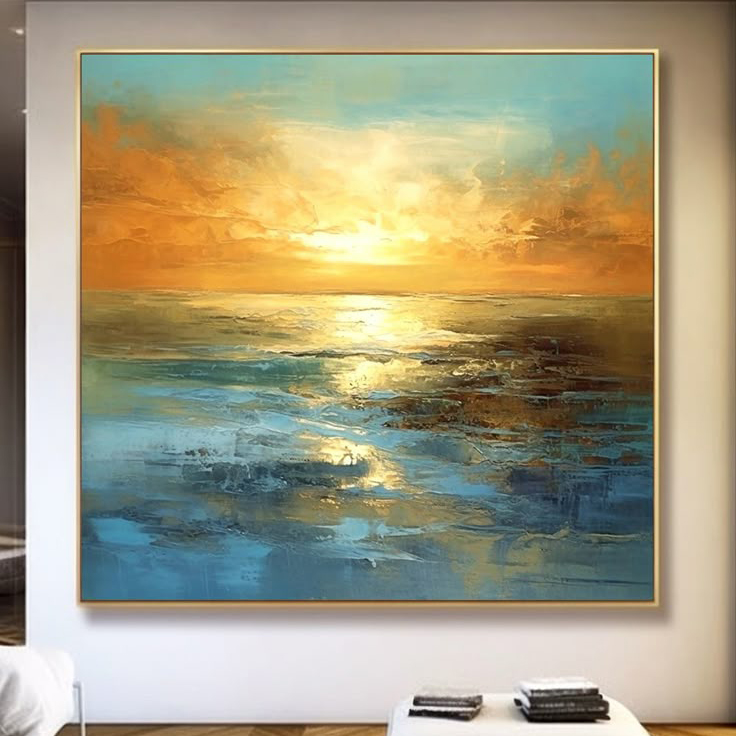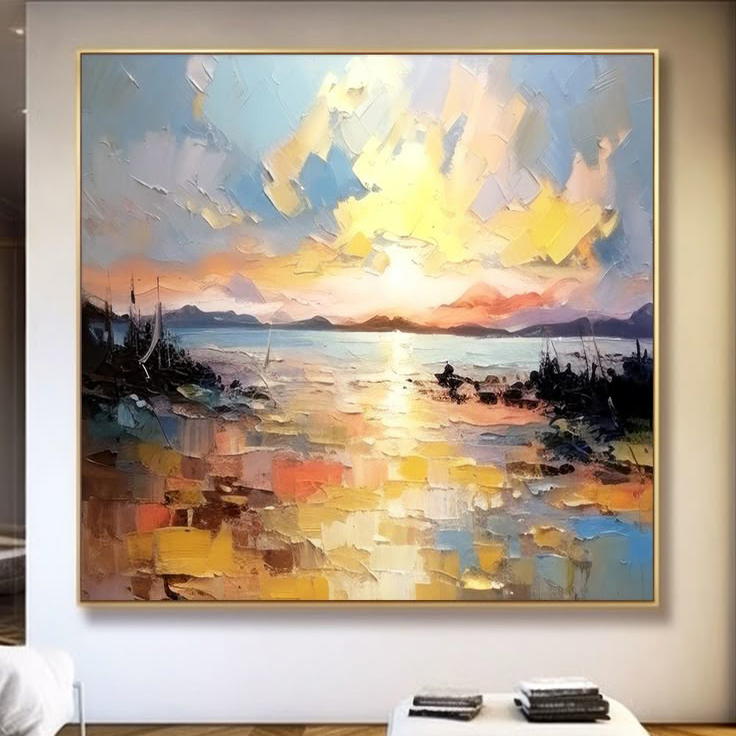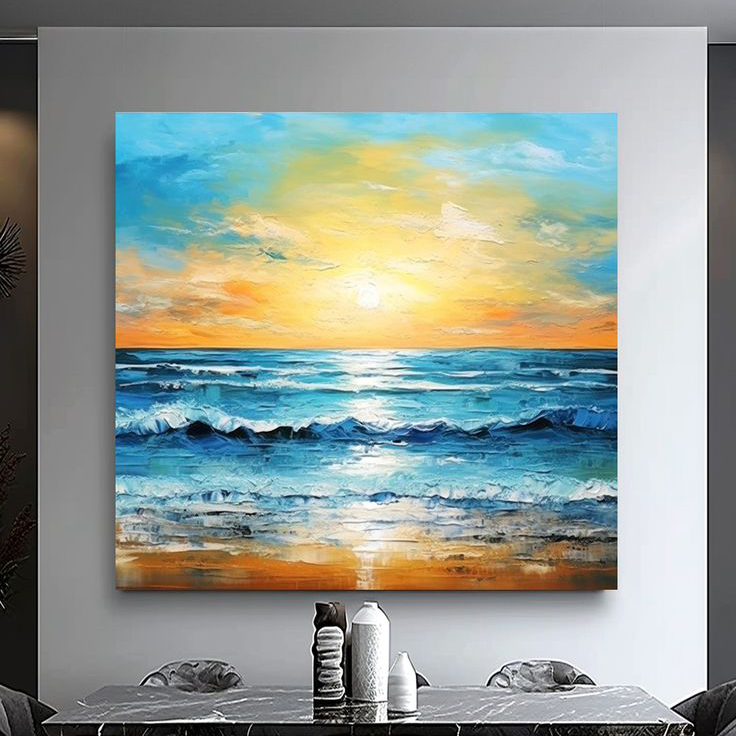Ever walked into a gallery and felt like you were just… drifting? No context, no connection, just white walls and quiet nods? That’s quickly becoming a thing of the past. Today’s visitors crave experience, not just observation. It’s not about looking at art, it’s about living through it. That’s why creating interactive experiences for your art gallery tour isn't a luxury—it’s a necessity.

Gone are the days when gallery-goers were content with reading labels and standing silently. Today’s audiences want to interact, question, respond, and sometimes even become part of the artwork.
They come with smartphones, short attention spans, and a hunger for engagement. They want stories, personalization, and an Instagrammable moment. If your gallery isn’t speaking their language, you’re missing out.
Think beyond audio guides. QR codes, interactive tablets, and augmented reality apps allow guests to dig deeper into the collection—right there on their screens.
Every piece in your art collection gallery has a story. Don’t just tell it—make the visitor part of it. Pose questions. Let them vote. Prompt reflection. It makes the whole experience more intimate and memorable.
Place QR codes discreetly beside artworks. Let them unlock videos, artist interviews, or even alternate interpretations. It adds a playful "treasure hunt" vibe.
Personal stories from the artist. Time-lapse videos of the painting process. Historical context. All of this can be woven into your gallery’s digital narrative.
AR apps let viewers see the brushstrokes evolve, sculptures build themselves, or a lost part of history brought to life in the room. It’s the magic of the modern art collection reimagined.
Set up spaces where visitors can try their hand at painting, drawing, or sculpting inspired by the exhibit. It turns them from viewers into creators.
Don’t underestimate touch. Use textured walls, soundscapes, or scented spaces to evoke emotion. It’s especially powerful in curated art collections where multisensory elements enhance storytelling.
Apps can offer customizable paths based on a visitor’s interests—whether they're drawn to the fine art collection, modern pieces, or cultural narratives.
Let guests explore your art collection online after their visit. Extend the experience with additional content, merchandise, and virtual discussions.

Create photo zones. Use hashtags. Encourage guests to share their interpretations. Social buzz gives your art gallery exhibitions ongoing life online.
Display live tweets, comments, or posts from visitors on a screen. It’s a community builder and a confidence booster for your brand.
Host both in-person and online guided tours of your art gallery collection tour. This opens your reach to a global audience—even those who might never step into your physical space.
Invite artists or curators for live-streamed discussions. Let your audience ask questions in real time. Suddenly, your gallery becomes a global classroom.
Tie together a private art galleries tour by linking themes across different rooms or works—like resistance, identity, or innovation.
Pair ancient and digital works. Let them “talk” to each other. This dynamic contrast adds depth and shows that even famous art collections can be refreshed.
Offer visitors a say in their route—maybe they want to explore only the women artists, political art, or the most controversial pieces.
Instead of a one-size-fits-all guide, create tracks based on visitor interest. One for kids. One for history buffs. One for contemporary design lovers.
Have curators lead occasional tours, offering behind-the-scenes insights. They can spark interaction by posing questions or discussing curation challenges.
Video logs, diary-style notes, or curator Q&As placed in the gallery corners can give a human face to the selection process.
Collect data on which stations are most visited, which artworks hold attention longest, and where interaction peaks. Let it inform future upgrades.
Interactive kiosks can ask visitors to vote on their favorite piece, leave feedback, or even suggest future exhibitions.
A Tokyo-based contemporary art gallery added AR overlays and gamified exploration, leading to a 35% boost in time spent per visit.
The Louvre introduced a multi-sensory Da Vinci experience where lighting, music, and digital animation brought Mona Lisa's smile to life.
When galleries become interactive, they stop being just places to see art. They become spaces to feel, connect, and remember. And isn’t that what art is about?

Creating interactive experiences for your art gallery tour is more than a trend—it's the evolution of how we connect with creativity. From QR codes to hands-on corners and AR storytelling, interaction invites visitors to step into the canvas instead of just standing in front of it. If you're ready to take your art collection gallery to the next level, don't just show the art. Let it speak, move, and respond. Make it unforgettable.
1. What is an interactive art gallery tour?
It’s a gallery experience where visitors engage directly through touch, tech, or storytelling rather than passively viewing.
2. How can I add tech without losing the traditional feel of my gallery?
Integrate discreet tech like QR codes or audio guides that complement, not overpower, your gallery’s natural atmosphere.
3. What types of art collections benefit most from interaction?
Any! From ancient to modern art collection, adding engagement boosts emotional connection and recall.
4. How do I measure the success of an interactive tour?
Track engagement times, collect feedback, and monitor social media interaction to measure impact.
5. Can smaller or private art galleries afford to go interactive?
Absolutely! Start small with low-cost tech like QR codes or host a hands-on event for local visitors.
Minh Anh Art Gallery
Gallery: 101 Bui Vien St, District 1, Ho Chi Minh City, Viet Nam
Phone: (+84) 962 720 484
Email: minhanhart.vn@gmail.com
Website: https://minhanhart.vn/